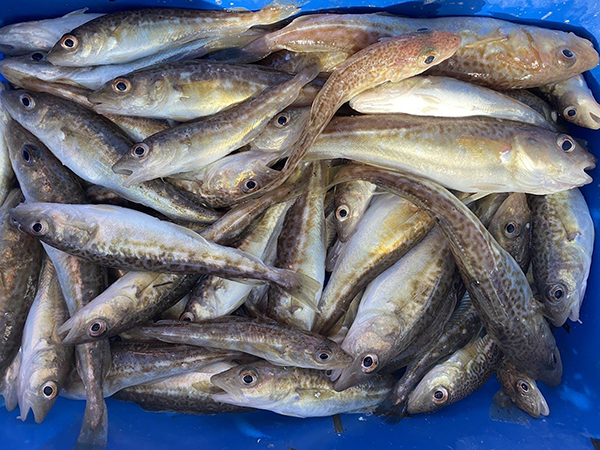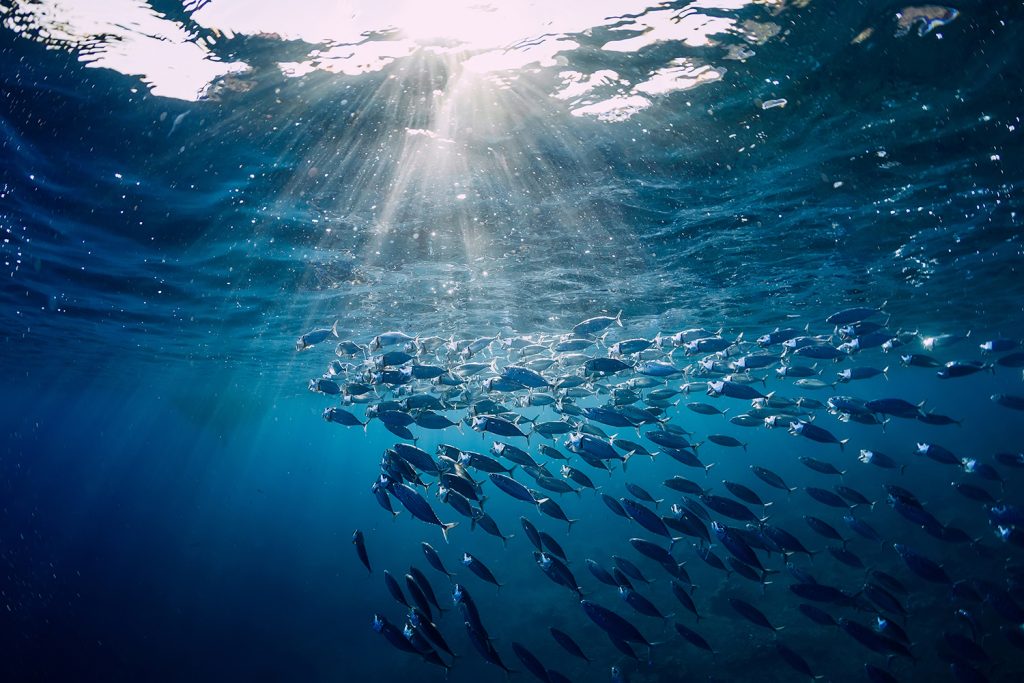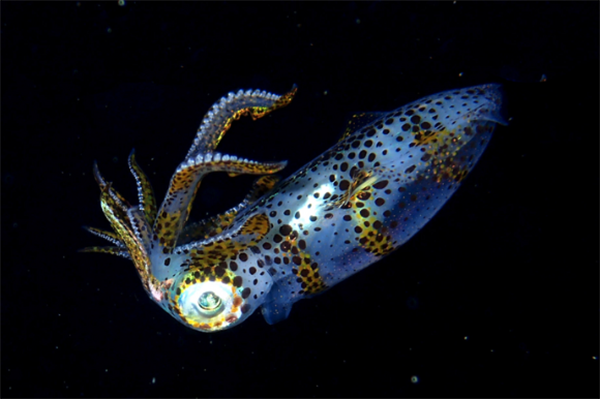DNA testing reveals ‘there is still something left to save’ of Sweden’s cod populations

It was widely believed a coastal cod population near Sweden was extinct. But a new study, published in the ICES Journal of Marine Science, has found that there is still a cod population that spends all its life off the west coast of Sweden.
By genetically analyzing cod collected by test fishing, researchers from the University of Gothenburg and the Swedish University of Agricultural Sciences (SLU) found two distinct types of cod living in the waters along Sweden’s west coast. These types of cod belong to the same species – the Atlantic cod (Gadus morhua) – but they are different “ecotypes,” genetically adapted to different environments or lifestyles. The two types of cod found off the west coast are known as “offshore cod” and “coastal cod,” because one has its origins far out to sea, while the other resides close to the coast throughout its life. These two types of cod rarely mate with each other.
“Our analyses show that a high proportion of juvenile cod in the fjords and near the west coast of Sweden are coastal cod,” said Simon Henriksson, a researcher at the University of Gothenburg. “That shows that there is still something left to save. But in the test fishing, you get very, very few adult cod. In test fishing near the coast, only a handful of cod over 40 centimeters in length were found.”
For the study, the researchers collected juvenile, decimetre-long, cod from over 100 different sites in the Skagerrak, the Kattegat and the Sound (Öresund), and analyzed them genetically. Their results show that the cod stock in the area is not just made up of offshore cod, but a mixture of both ecotypes. Offshore cod are found mainly far off the coast and the coastal cod are closer to the shore. In the fjords of West Sweden, the proportion of coastal cod is very high, which is unexpected given the theory that they were virtually extinct.
“In some places, both offshore and coastal cod are found in the same fjord, but they appear to live at different depths,” said Henriksson. “Offshore cod live at slightly greater depths, while coastal cod are more common in shallow waters.”
The results of the genetic analysis do not mean that cod populations are recovering, as the numbers of adult and juvenile cod continue to decline in all Swedish seas. Rather, the findings demonstrate a “need to account for the fact that there are two different types of cod, that differ genetically and geographically if we are going to try to rebuild cod stocks along the west coast.”
Follow the Advocate on Twitter @GSA_Advocate
Now that you've reached the end of the article ...
… please consider supporting GSA’s mission to advance responsible seafood practices through education, advocacy and third-party assurances. The Advocate aims to document the evolution of responsible seafood practices and share the expansive knowledge of our vast network of contributors.
By becoming a Global Seafood Alliance member, you’re ensuring that all of the pre-competitive work we do through member benefits, resources and events can continue. Individual membership costs just $50 a year.
Not a GSA member? Join us.
Author
Tagged With
Related Posts

Health & Welfare
Scientists develop genomic selection tool to boost farmed cod production
Scientists have developed a genomic selection tool that can lift cod breeding from family to individual selection, increasing genetic gain.

Fisheries
Fisheries in Focus: Tunas and billfishes are improving on the IUCN Red List – and it’s thanks to effective fisheries management
Sustainable Fisheries UW offers a rundown of the IUCN Red List and how tunas and billfishes benefit from strong fisheries management.

Fisheries
WTO members agree to curb subsidies that contribute to overfishing
World Trade Organization members have struck an agreement to end subsidies that contribute to overfishing, a decision that took 20 years to reach.

Innovation & Investment
Could squid aquaculture fill the gap from declining cephalopod stocks in Japan?
With declining squid populations, researchers in Japan have developed the first aquaculture system with potential for commercialization.



